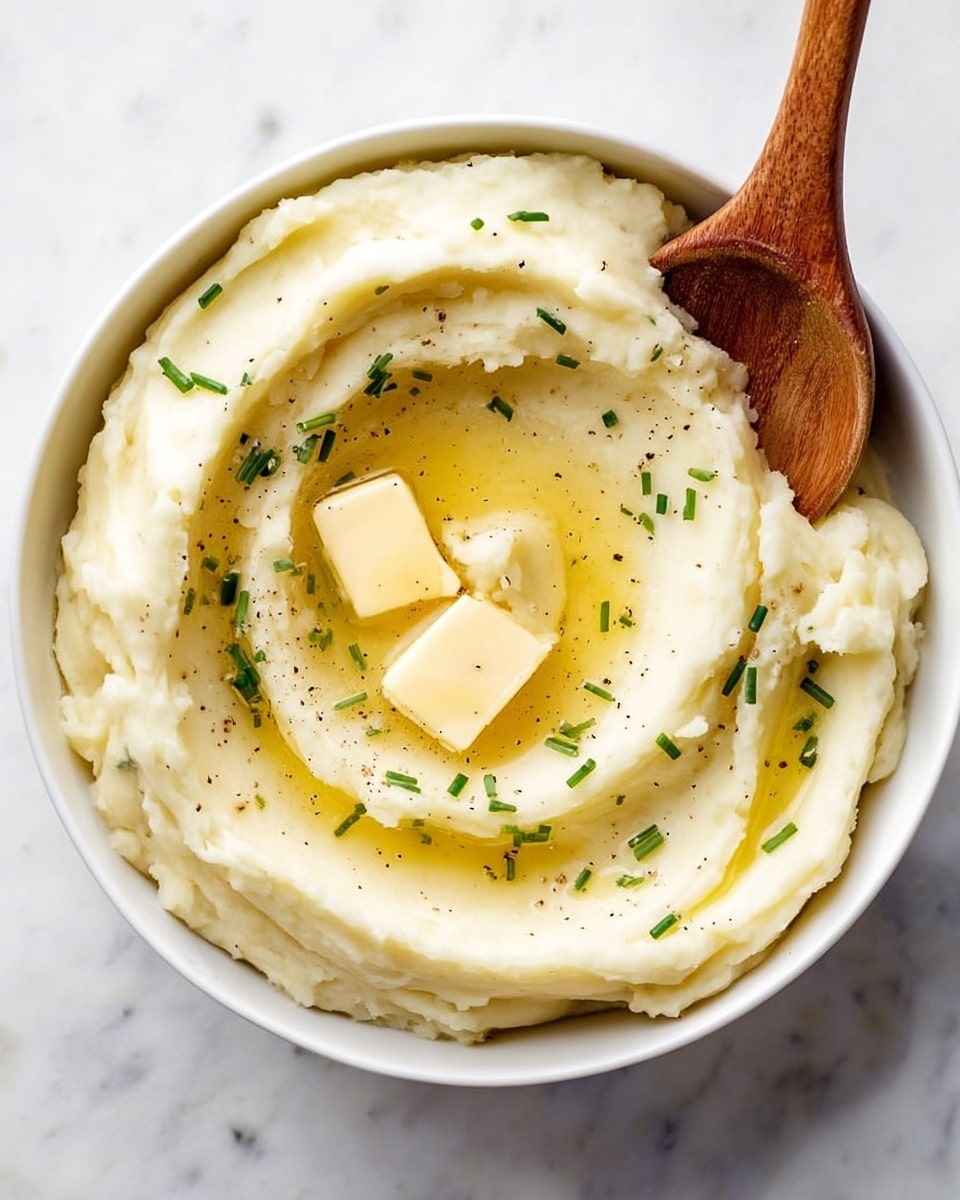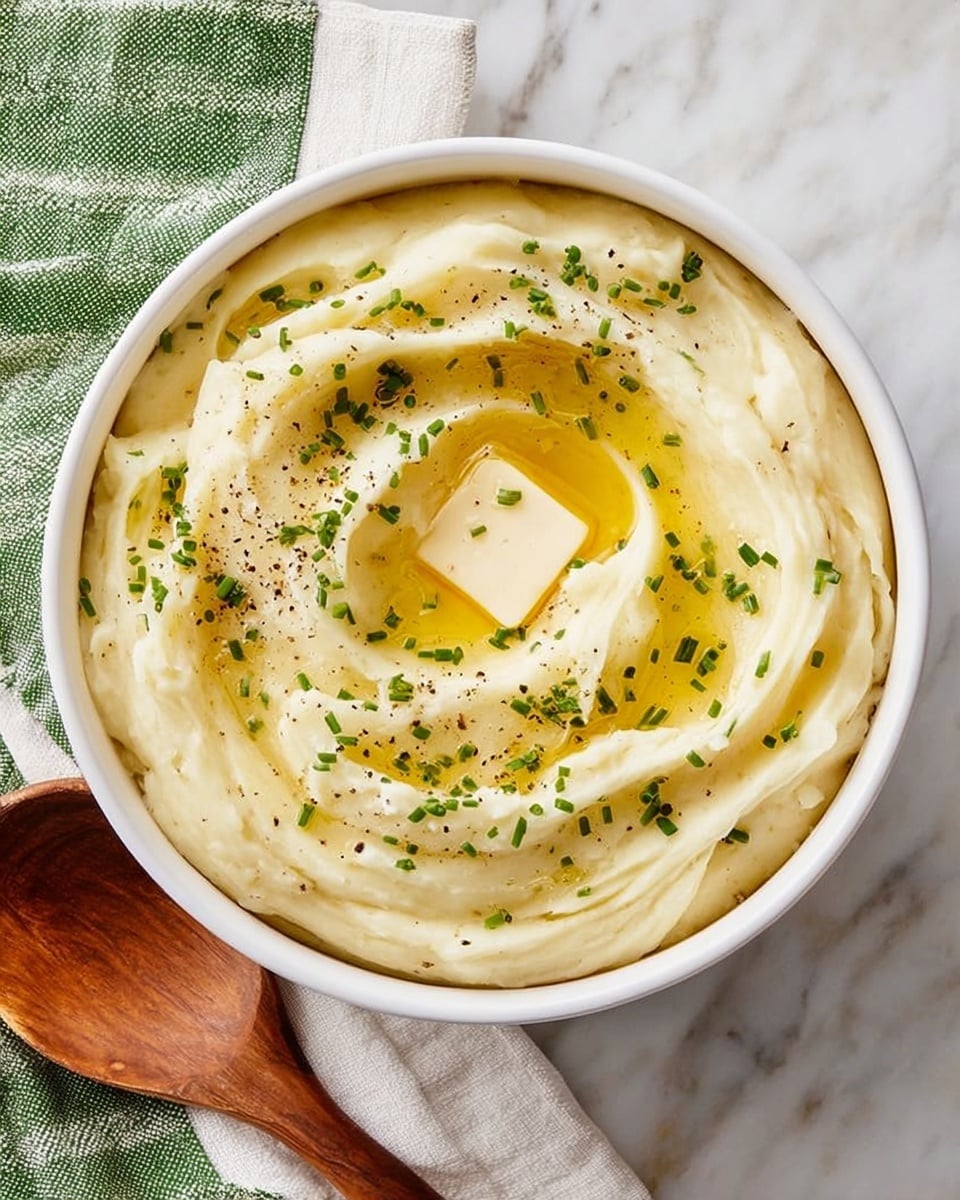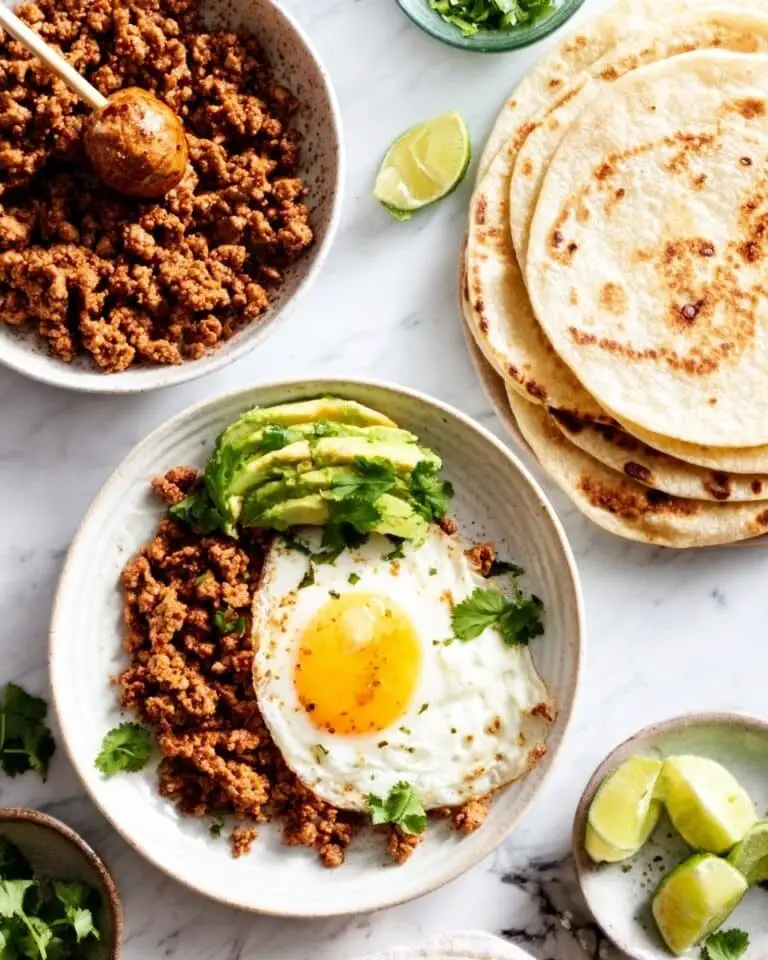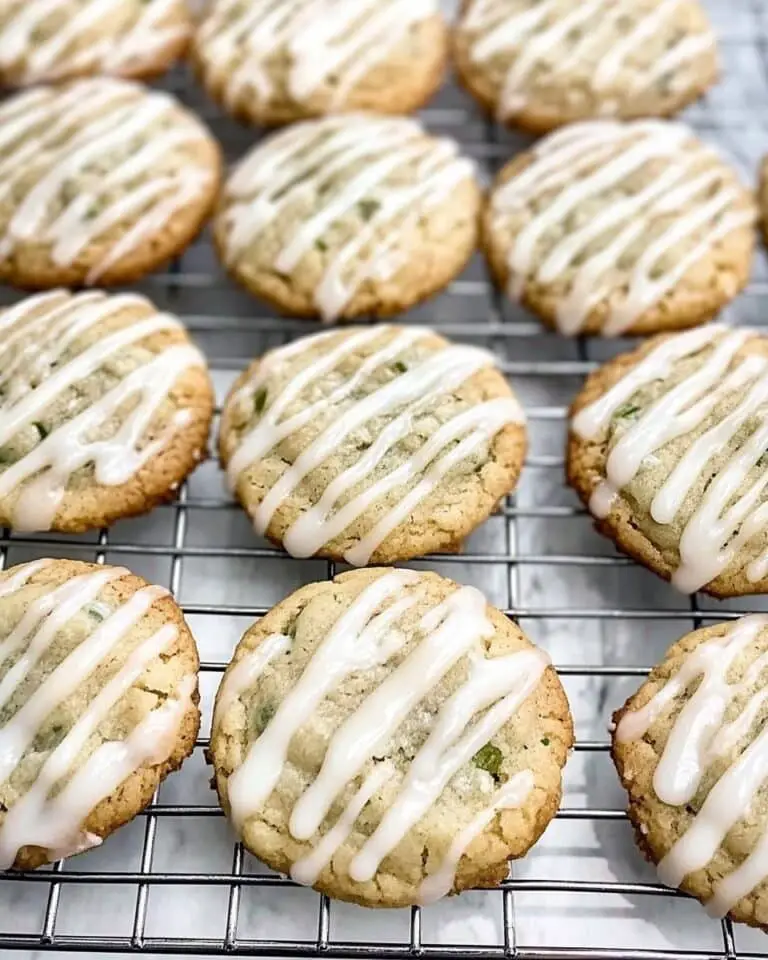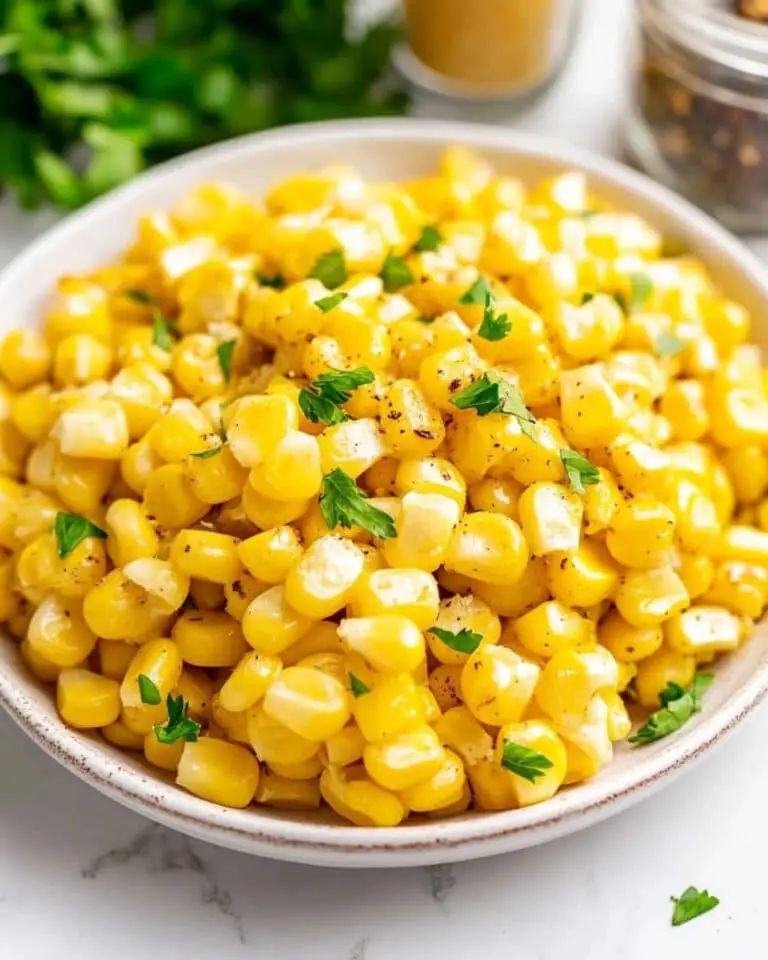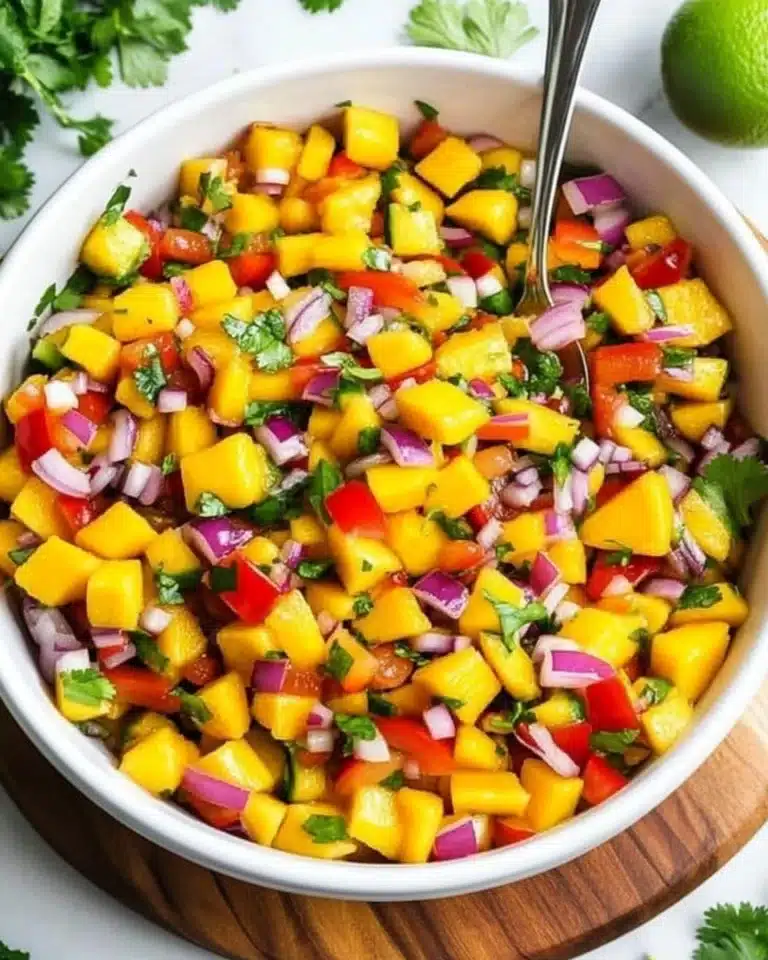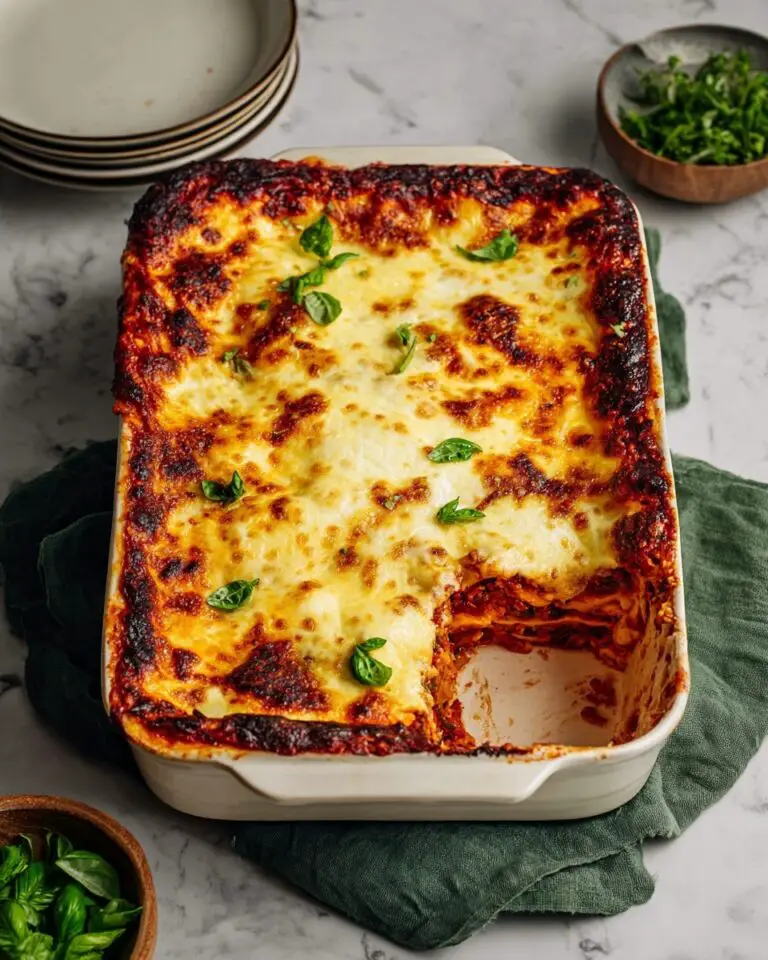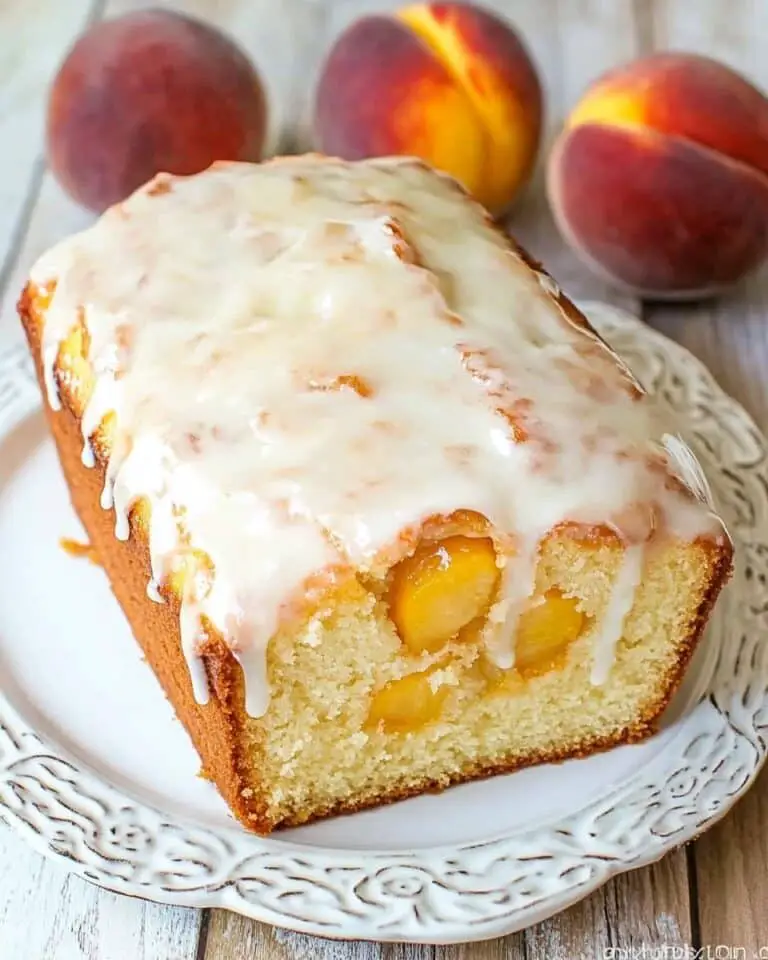If you’re searching for comfort food that feels like a warm hug, you’ve just hit the jackpot with The Best Mashed Potatoes Recipe. Creamy, buttery, and perfectly fluffy every single time—this recipe is my go-to when I want something simple but spectacular. Trust me, once you try this, you’ll never want to settle for anything less than these mashed potatoes again. Ready to dig in?
Why You’ll Love This Recipe
- Fluffiest texture: By using the right potatoes and a simple mashing technique, these potatoes turn out light and airy every time.
- Rich, buttery flavor: The blend of melted salted butter and warm milk brings just the right touch of creaminess without overpowering the potatoes themselves.
- Easy and approachable: No fancy gadgets or complicated steps here—just straightforward ingredients and clear instructions you can follow with confidence.
- Versatile and customizable: Whether you like garlic or want to try something a little different, this recipe lets you make it your own.
Ingredients You’ll Need
Choosing the right potatoes and ingredients makes all the difference. I always recommend russet or Yukon gold potatoes because of their starchy nature, which means fluffy mashed potatoes without being gluey. The rest of the ingredients come together to give you that classic creamy taste.
- Potatoes: Russet potatoes are super starchy and give the fluffiest mash, while Yukon golds add a buttery richness that’s hard to beat.
- Garlic (optional): Roasting or boiling garlic with the potatoes adds gentle aroma without being too overpowering—great if you’re a garlic fan like me.
- Salted butter: Using salted butter helps balance the flavors, but if all you have is unsalted, just add a pinch more salt accordingly.
- Milk (or cream): Warm milk is key for smoothness; cream works too if you want ultra-rich potatoes, but regular milk keeps it light and still creamy.
- Salt and black pepper: Simple seasonings to taste, with salt enhancing the potato flavor and pepper adding a little kick.
Variations
One of the things I love about The Best Mashed Potatoes Recipe is how easy it is to make your own. I often play around with add-ins or tweaks to keep things interesting without losing that classic creaminess.
- Garlic mashed potatoes: I discovered this trick when I boiled a few garlic cloves with the potatoes—it gives such a subtle, mellow flavor that my family goes crazy for.
- Loaded mashed potatoes: Adding shredded cheddar, crispy bacon bits, and chopped green onions makes for a fun twist when I want to treat everyone to a special side dish.
- Dairy-free option: Swap the butter for olive oil or your favorite plant-based spread and use almond or oat milk warmed up for a tasty vegan version I’ve made for friends.
- Herbed variation: Mixing in fresh herbs like chives, parsley, or rosemary gives a lovely fragrant boost and some color—I always keep some herbs handy when I’m making mashed potatoes.
How to Make The Best Mashed Potatoes Recipe
Step 1: Prepare and Boil Your Potatoes
Start by peeling your potatoes—either russet or Yukon gold—and cutting them into evenly sized quarters. This helps them cook evenly and quickly. Place them in a pot filled with cold, salted water along with the garlic cloves if you’re using them. Starting with cold water prevents the outside from overcooking before the inside is tender. Bring it to a boil and cook uncovered for about 15 minutes or until you can easily poke a fork through a piece. Drain them well—making sure they’re not sitting in water is crucial for fluffy results.
Step 2: Warm the Milk and Melt the Butter
While the potatoes are cooking, warm your milk gently on the stovetop or microwave until it’s just warm to the touch. This step is key because adding cold milk cools down your potatoes and can make the mash gummy. Melt your salted butter as well, so it’s ready to go when you start mashing.
Step 3: Mash and Mix Everything Together
Once the potatoes are drained, return them to the pot or transfer to a large bowl. Add your melted butter and start mashing with a potato masher. Here’s what I learned through trial and error: add the warm milk a little at a time instead of all at once—this lets you control the texture better and avoid watery mashed potatoes. Keep mashing until you reach your desired creaminess, then season generously with salt and pepper. Give it a taste and adjust as needed.
Pro Tips for Making The Best Mashed Potatoes Recipe
- Use starchy potatoes: Russet or Yukon gold give you that perfect fluffy texture you want in mashed potatoes, so avoid waxy types like red potatoes.
- Warm your dairy: Adding warm milk and melted butter keeps the potatoes creamy and avoids cooling the mash too much.
- Don’t overwork the potatoes: I found that using a potato masher rather than a food processor helps prevent gummy potatoes.
- Drain potatoes thoroughly: Excess water makes mashed potatoes watery, so be sure to drain completely before mashing.
How to Serve The Best Mashed Potatoes Recipe
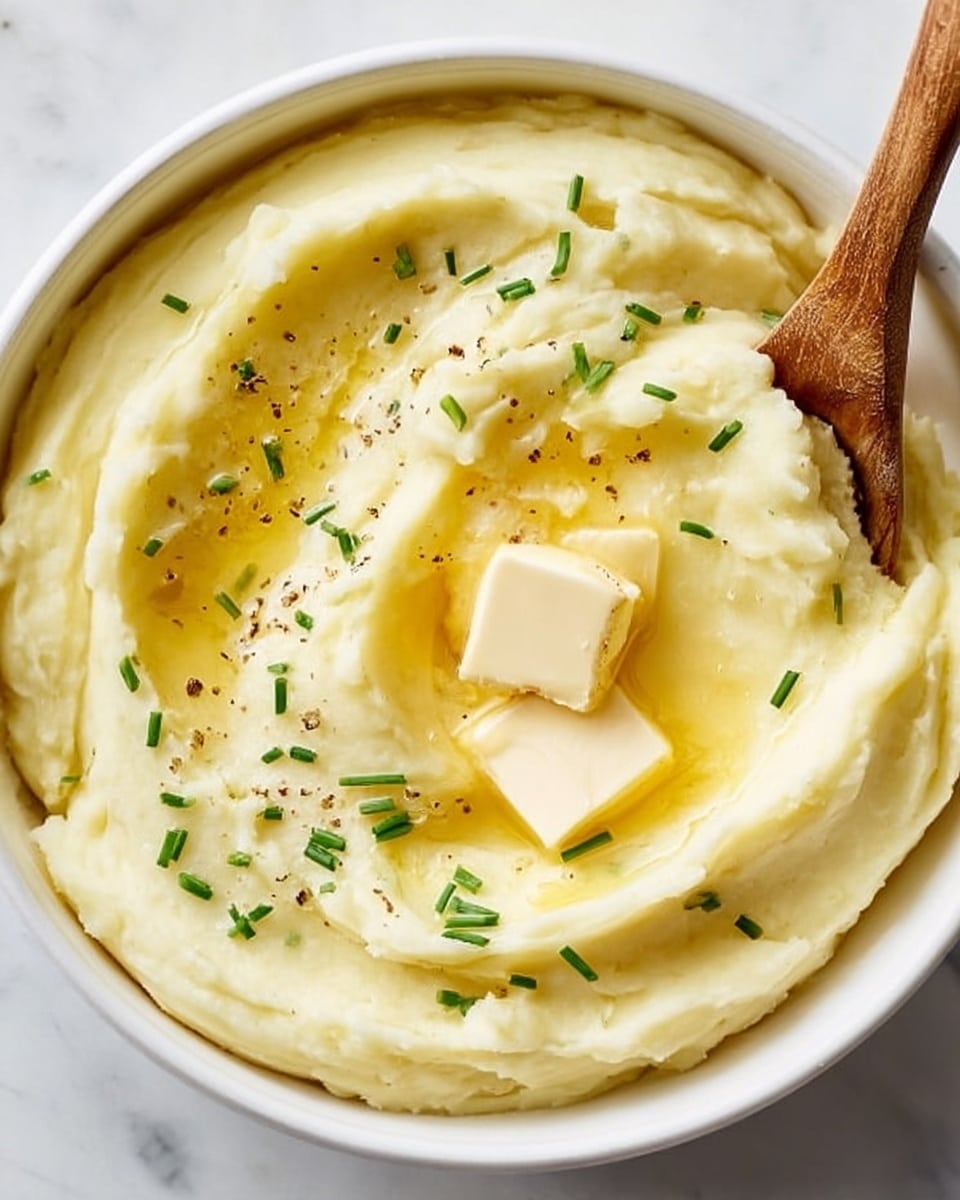
Garnishes
I love topping these mashed potatoes with a few simple garnishes: a sprinkle of fresh chopped chives or parsley adds a pop of color and freshness, while a tiny pat of butter melting on top right before serving makes for an inviting shimmer. Sometimes I even drizzle a little browned butter sauce or sprinkle some crispy fried onions for an extra indulgent touch.
Side Dishes
These mashed potatoes are a dream alongside roasted chicken, a juicy steak, or glazed ham. I often pair them with sautéed green beans, garlic roasted Brussels sprouts, or a hearty beef stew. They’re also perfect with any dish that calls for comfort food to complete the meal.
Creative Ways to Present
For holiday dinners, I like to pipe the mashed potatoes into pretty swirls using a piping bag with a star tip—that little extra effort really wows guests and feels festive. Another favorite trick is to sprinkle some Parmesan cheese on top and broil for a minute or two until golden and bubbly. It turns simple mashed potatoes into an elegant side dish effortlessly.
Make Ahead and Storage
Storing Leftovers
I store leftover mashed potatoes in an airtight container in the fridge. They keep well for up to 3 days. When I reheat, I add a splash of milk or cream to restore the creamy texture, because mashed potatoes tend to dry out a bit otherwise.
Freezing
I’ve frozen mashed potatoes a few times with good results—just let them cool completely, portion into freezer-safe containers, and freeze for up to 2 months. Thaw overnight in the fridge before reheating gently on the stove or in the microwave.
Reheating
When reheating leftovers, I add a bit of milk or cream and stir well over low heat on the stovetop. This helps bring back that creamy, luscious texture and keeps the mashed potatoes from drying out. Microwaving works too—just add liquid, cover loosely, and stir occasionally as it heats through.
FAQs
-
Can I make The Best Mashed Potatoes Recipe ahead of time?
Absolutely! You can make the mashed potatoes a day ahead and store them in the fridge. Reheat gently with a bit of milk to keep the creamy texture. They also freeze well for up to 2 months if stored properly.
-
What’s the best potato for making mashed potatoes?
I recommend russet or Yukon gold potatoes because their starchy texture yields fluffy, creamy mashed potatoes without turning gummy or gluey.
-
Can I use cream instead of milk?
Yes! Heavy cream will give you a richer and creamier mash, but using milk keeps it lighter. Either works great depending on your preference.
-
How do I avoid watery mashed potatoes?
Make sure to drain the potatoes thoroughly after boiling and use warm milk rather than cold. Adding the milk gradually also helps you control the consistency so it’s not too loose.
-
Can I add garlic without overpowering the flavor?
Yes! Cooking whole cloves of garlic with the potatoes softens the flavor into a mild, sweet garlic aroma that enhances rather than dominates the potatoes.
Final Thoughts
I absolutely love how this mashed potatoes recipe turns out every single time—it’s a reliable crowd-pleaser that’s as cozy as a favorite sweater. When I first tried this method of warming the dairy and adding it in slowly, it transformed my mashed potatoes from just okay to restaurant-quality. I’m confident you’ll enjoy making (and eating) The Best Mashed Potatoes Recipe as much as my family and I do. So go ahead, give it a try—you deserve that delicious comfort on your plate!
Print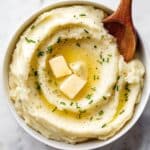
The Best Mashed Potatoes Recipe
- Prep Time: 15 minutes
- Cook Time: 20 minutes
- Total Time: 35 minutes
- Yield: 10 servings
- Category: Side Dish
- Method: Stovetop
- Cuisine: American
Description
This best mashed potatoes recipe delivers fluffy, creamy, and buttery mashed potatoes perfect for any meal. Using simple ingredients like russet or Yukon gold potatoes, garlic, butter, and milk, this classic side dish is easy to prepare and always a crowd-pleaser.
Ingredients
Potatoes and Seasoning
- 4 pounds potatoes (russet or Yukon gold)
- Salt (to taste)
- Black pepper (to taste)
Additional Ingredients
- 3 cloves garlic (optional)
- ⅓ cup melted salted butter
- 1 cup milk (or cream)
Instructions
- Prepare the Potatoes: Peel and quarter the potatoes, then place them in a pot filled with cold salted water. This ensures even cooking and prevents the potatoes from turning mushy.
- Cook the Potatoes and Garlic: Add the garlic cloves if using, then bring the water to a boil. Cook uncovered for about 15 minutes or until the potatoes are fork-tender. Once done, drain the potatoes and garlic thoroughly.
- Warm the Milk: Heat the milk on the stovetop or in the microwave until warm but not boiling. Warm milk helps create a smoother texture when mashed into potatoes.
- Mash the Potatoes: Add the melted butter to the drained potatoes, then begin mashing them with a potato masher. Gradually add the warm milk a little at a time while mashing until you reach your desired creamy consistency.
- Season and Serve: Season the mashed potatoes with salt and black pepper to taste. Serve hot as a perfect side dish for any meal.
Notes
- For extra flavor, you can roast the garlic before adding it to the potatoes.
- Use warm milk or cream to avoid cooling the potatoes and keep them creamy.
- Yukon gold potatoes yield a buttery texture naturally, while russet potatoes give fluffier mashed potatoes.
- For an even smoother texture, consider using a potato ricer instead of a masher.
- Adjust milk quantity to achieve your preferred consistency—less milk for thicker, more for creamier mashed potatoes.
Nutrition
- Serving Size: 0.5 cup
- Calories: 209 kcal
- Sugar: 2 g
- Sodium: 74 mg
- Fat: 7 g
- Saturated Fat: 4 g
- Unsaturated Fat: 3 g
- Trans Fat: 1 g
- Carbohydrates: 34 g
- Fiber: 2 g
- Protein: 5 g
- Cholesterol: 17 mg

